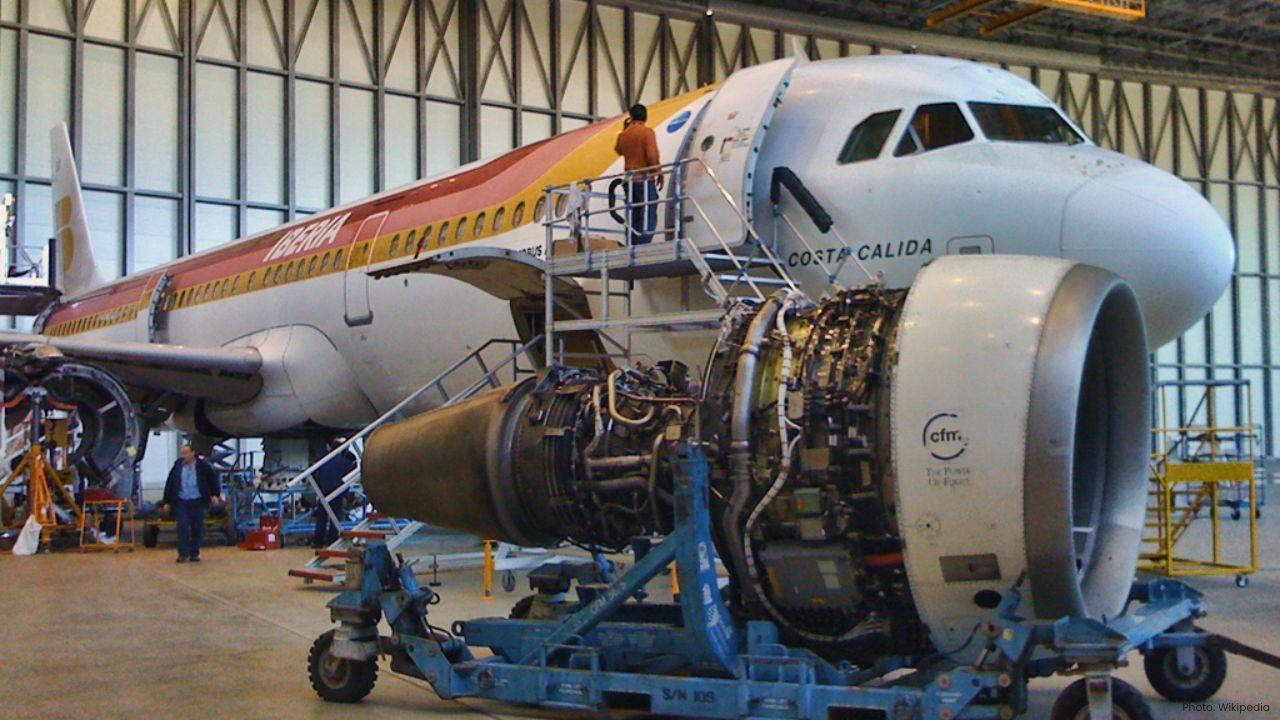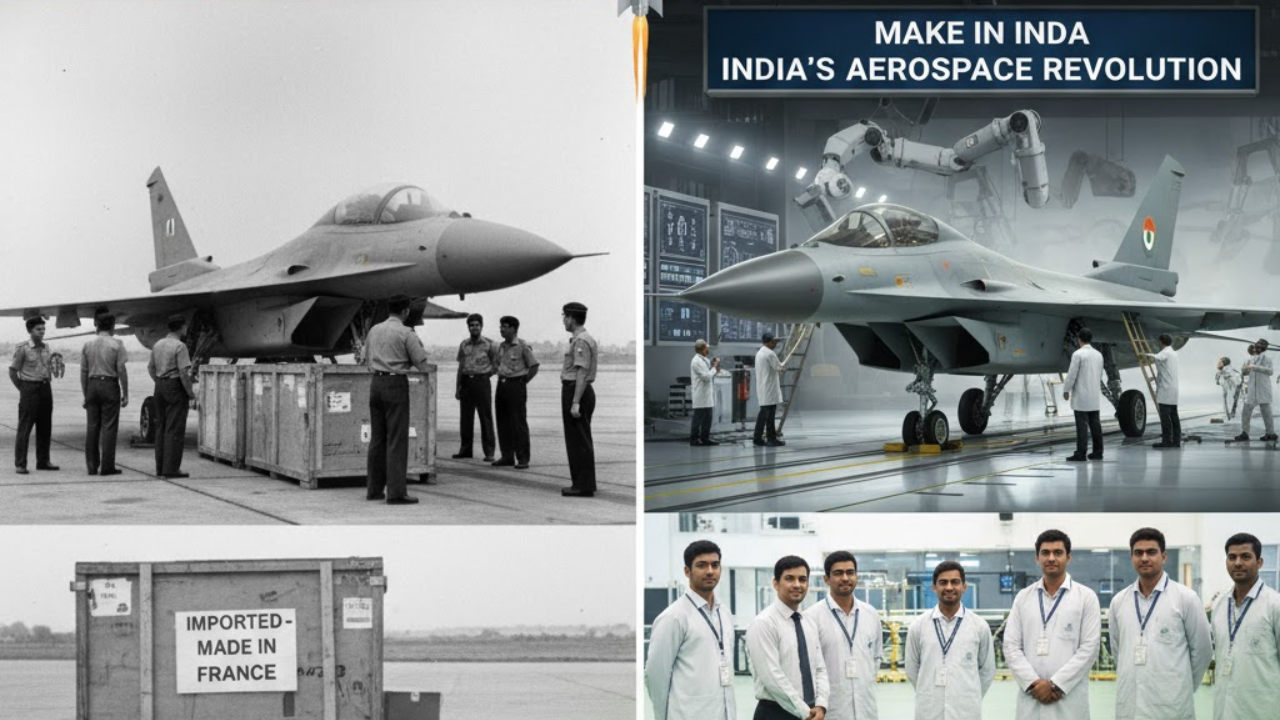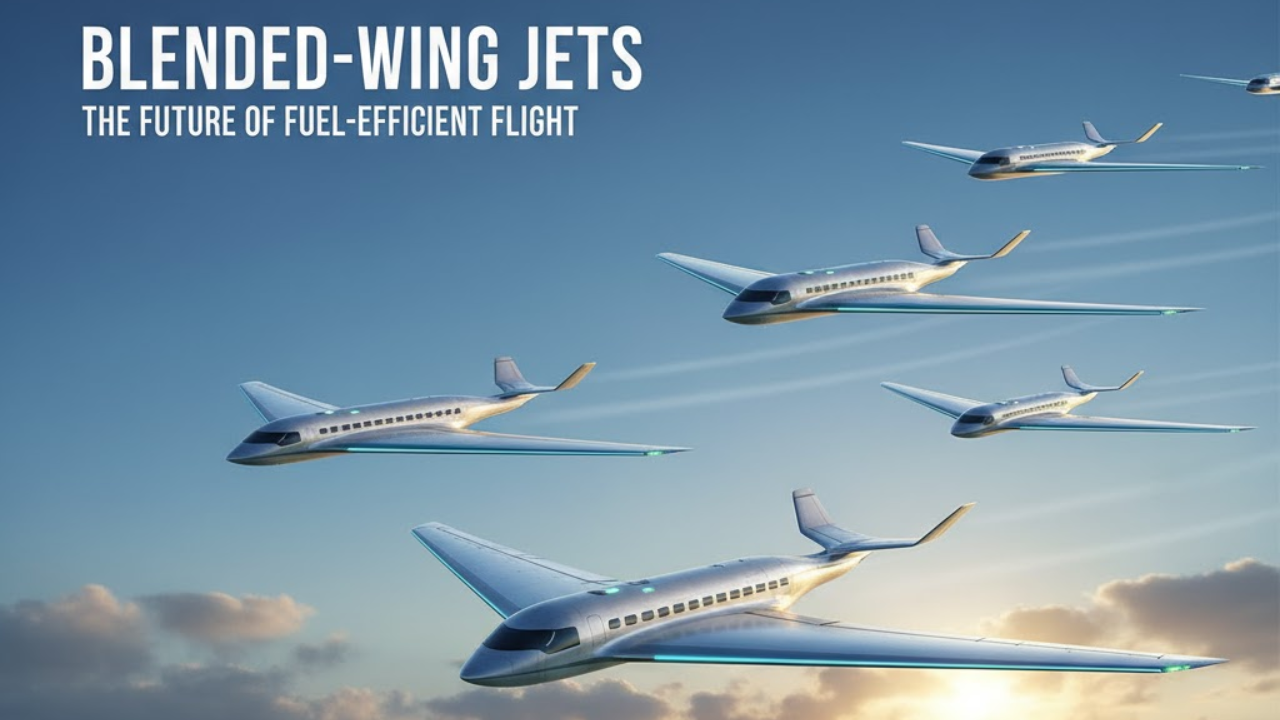
Post by : Meena Rani
Malaysia is stepping up efforts to become a major aerospace hub in Southeast Asia, as it moves into the third stage of its 15-year Blueprint 2030 strategy. Launched in 2015, the plan aims to develop the country’s aerospace industry, encompassing maintenance, repair, and overhaul (MRO), manufacturing, training, and research, and is projected to generate RM55.2 billion ($13.1 billion) in revenues by 2030.
Shamsul Kamar Abu Samah, CEO of the National Aerospace Industry Corporation Malaysia (NAICO Malaysia), said that excluding airline operations, the domestic aerospace sector is expected to contribute around RM30 billion by 2025.
Localized MRO to Drive Growth
One of the key pillars of Malaysia’s aerospace strategy is localizing MRO activities. Samah noted that the expansion of heavy maintenance providers will play a central role in driving growth.
“Localizing aircraft and engine component maintenance will result in significant cost savings and faster turnaround times,” Samah said. The country already has around RM600 million worth of MRO-related projects underway.
Among the major upcoming developments is Base Maintenance Malaysia (BMM), a new facility launched by Singapore-based SIA Engineering. Located at Subang Airport in Selangor, BMM will operate two hangars capable of performing up to six simultaneous aircraft checks for Airbus A350, Boeing 777, and 787 models.
Other heavy maintenance providers contributing to local MRO growth include MAB Engineering and Asia Digital Engineering, which are expanding their capabilities to meet increasing demand.
Component-Focused Ventures on the Rise
Malaysia is also seeing a surge in component-focused MRO initiatives. Collins Aerospace, for instance, has relocated and expanded its Subang facility, providing repairs for air cycle machines, heat exchangers, propellers, engine components, and actuation systems.
Similarly, SIA Engineering’s Asia-Pacific Aircraft Component Services, based in Shah Alam, services over 600 part numbers for Airbus A320, A330, Boeing 737, CFM56, and PW4000 components. Its joint venture with Eaton Aerospace specializes in maintaining Eaton-manufactured aircraft fuel and hydraulic systems.
“By localizing component MRO activities, we aim to improve efficiency while reducing operational costs,” Samah explained. These expansions highlight Malaysia’s growing capabilities in precision component maintenance, positioning the country as a regional leader in aerospace MRO services.
Manufacturing: A Key Growth Driver
Beyond MRO, manufacturing will be a cornerstone of Malaysia’s aerospace ambitions. Boeing Composites Malaysia, relaunched last year, produces composite parts and subassemblies for all Boeing commercial aircraft.
Another major development is the acquisition of Spirit AeroSystems’ Subang facility by Composites Technology Research Malaysia. The move positions Malaysia as a tier-one supplier for Boeing and Airbus, allowing the country to produce high-value components for the global aerospace market.
“The acquisition transforms Malaysia into a hub for aerospace manufacturing, not just servicing,” Samah said, underscoring the country’s ambition to compete on a global scale.
Workforce Expansion to Support Growth
A growing aerospace industry requires a skilled workforce. Since the launch of Blueprint 2030, Malaysia has attracted around 30,000 professionals to the sector. Samah estimates that an additional 2,000 to 3,000 skilled workers will be needed by 2030 to support the planned expansions.
Efforts are also underway to improve training programs, technical education, and skill development to ensure the workforce meets the evolving demands of modern aerospace operations.
Strategic Vision for 2030
Malaysia’s aerospace strategy is anchored on three major goals:
Localizing MRO services to reduce reliance on foreign facilities and enhance cost-efficiency.
Expanding manufacturing capabilities to produce critical components for global aerospace giants like Boeing and Airbus.
Developing a skilled workforce to sustain long-term industry growth and innovation.
With heavy maintenance expansions, component-focused ventures, and strategic manufacturing acquisitions, Malaysia is well-positioned to achieve its $13 billion aerospace revenue target by 2030.
Malaysia aerospace growth, Blueprint 2030 aerospace, Aircraft MRO Malaysia










Bengaluru-Mumbai Superfast Train Approved After 30-Year Wait
Railways approves new superfast train connecting Bengaluru and Mumbai, ending a 30-year demand, easi

Canada Post Workers Strike Halts Nationwide Mail and Parcel Services
Canada Post halts operations as CUPW strike disrupts mail and parcel delivery nationwide amid disput

PM Modi Launches BSNL ‘Swadeshi’ 4G Network, 97,500 Towers Built
India enters global telecom league as PM Modi inaugurates BSNL’s indigenous 4G, connecting 26,700 vi

India’s Iconic MiG‑21 Takes Final Flight After Six Decades of Service
After 60 years India retires its MiG‑21 fighter jet, a legendary yet controversial warplane marking

Hindustan Zinc unveils AI hotspot monitoring at Debari smelter
Hindustan Zinc launches AI-powered Switchyard Hotspot Monitoring at Debari smelter to cut outages bo

Chinese experts worked inside sanctioned Russian drone plant
Chinese drone specialists visited IEMZ Kupol supplying parts and drones via intermediaries, deepenin